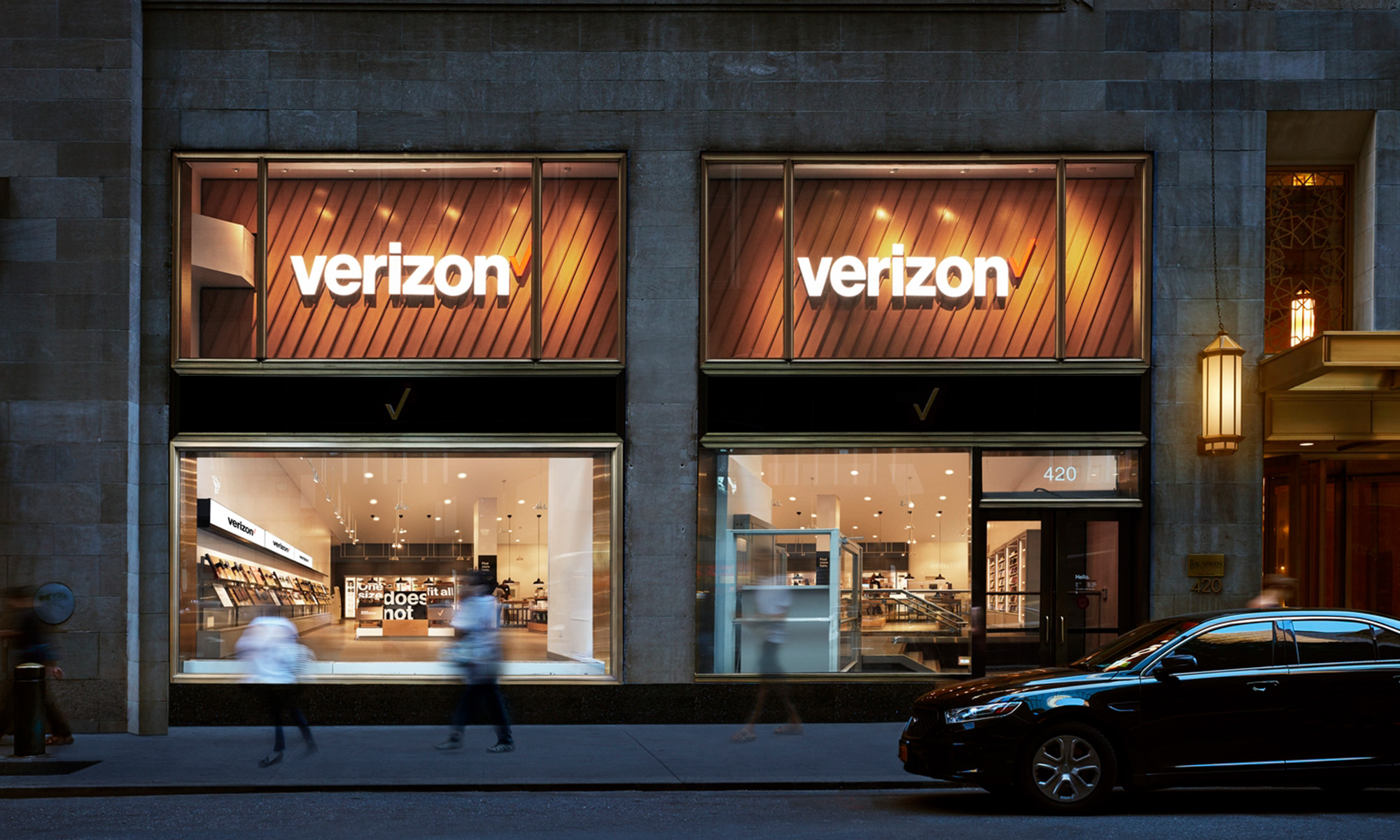DIRECTV (Nasdaq: DTV) has done a very good job of attracting new customers. In 2002, DirecTV had 11.2 million subscribers. In the year ended 2009, that number topped 18.5 million, an impressive 60%-plus growth.
 However, to steal a bit of corporate-speak, the higher that number goes, the less low-hanging fruit there is -- which translates to a number DIRECTV investors should closely watch: the amount it costs the company (through marketing and promotions) to acquire new subscribers. That trend, too, has been on the rise:
However, to steal a bit of corporate-speak, the higher that number goes, the less low-hanging fruit there is -- which translates to a number DIRECTV investors should closely watch: the amount it costs the company (through marketing and promotions) to acquire new subscribers. That trend, too, has been on the rise:
In 2009, acquiring a new customer cost the company 30% more than it did in 2002. There are several reasons for that higher number -- a major one being increased competition from Comcast (Nasdaq: CMCSA), satellite rival Dish Network (Nasdaq: DISH), new offerings like Verizon's (NYSE: VZ) FiOS, and the explosion of online streaming.
Mitigating high acquisition costs
Because it's getting tougher to acquire the low-hanging-fruit customers, DirecTV has fought back in multiple ways. Among them:
- It's gone after higher-credit-quality consumers. According to The Wall Street Journal, "Consumers with weak credit scores have to pay an upfront deposit of $200-$300 to sign up for the satellite service, which dissuades many. The end result: DirecTV's average revenue per subscriber is higher than most rivals, in video, and it has faced less defections in tough economic times."
- It requires a multiyear commitment from those customers. New subscribers are initially locked in for two years.
- It's increased its average-revenue-per-subscriber figure by giving consumers enticing bundling packages (e.g., the NFL Sunday Ticket or NBA League Pass), innovative products (e.g., the Whole Home DVR system), and exclusive content (e.g., its 101 Network is where subscribers can watch acclaimed shows Friday Night Lights and Damages free of commercials). (Full disclosure: I'm a DirecTV subscriber, but not a shareholder.)

To be sure, DirecTV isn't alone in facing rising subscriber acquisition costs as it grows its customer base -- its competitors will have the same trouble. And all the players in this space -- DirecTV, Verizon, Comcast, DISH, et al. -- will need to position themselves against the competitive threat of online video.
But judging by that last chart, DirecTV has more than met the challenge thus far. It's acquiring quality subscribers, and getting those subscribers to pay more with premium products and content.
So there you have it. Pay attention to subscriber acquisition costs to make certain the company isn't breaking the bank to sign up new customers, and to revenue per subscriber to see how well it's engaging the high-credit-quality subscribers. And be sure to add DirecTV to the Fool's free My Watchlist tool to keep tabs on all news and commentary on the stock.






